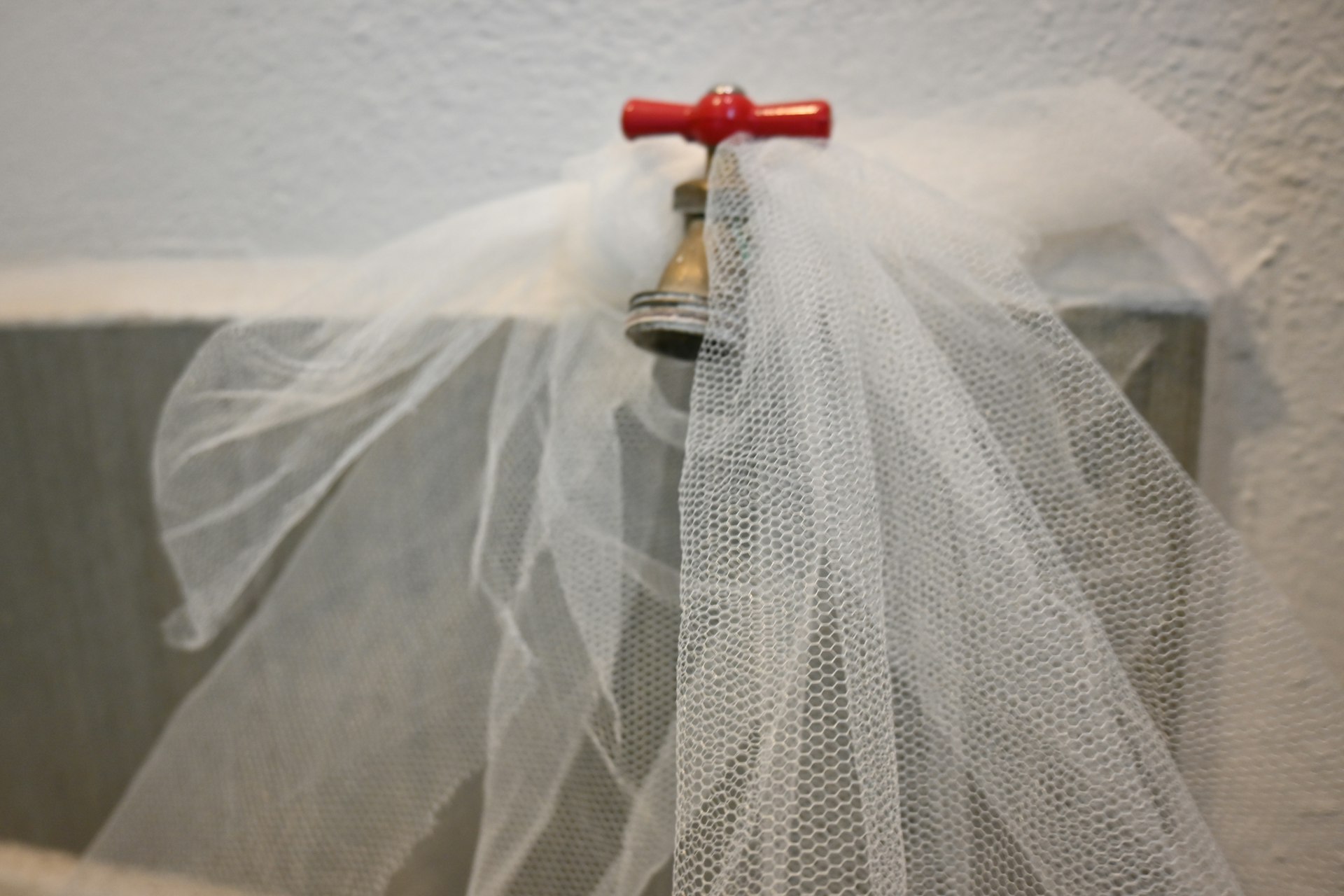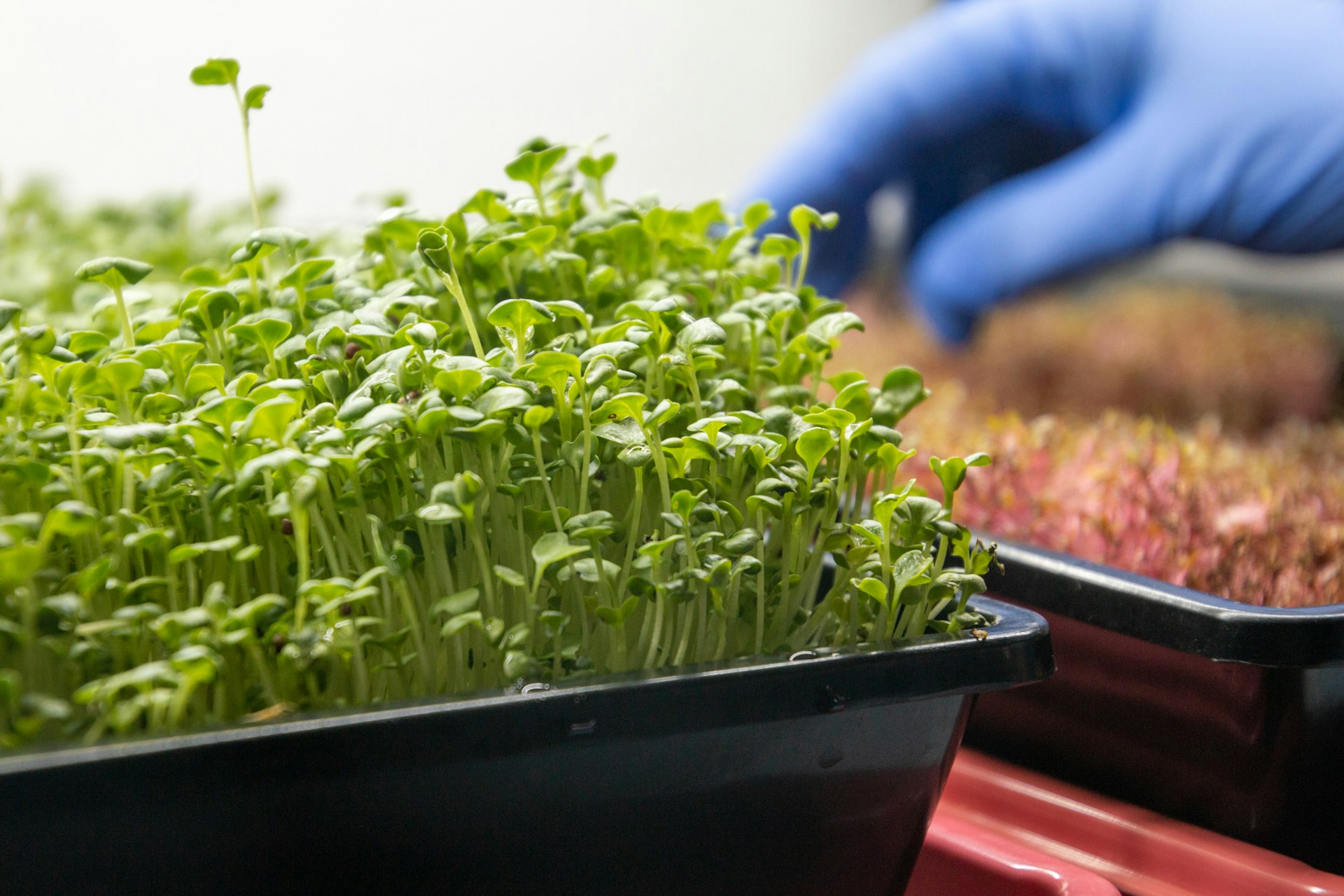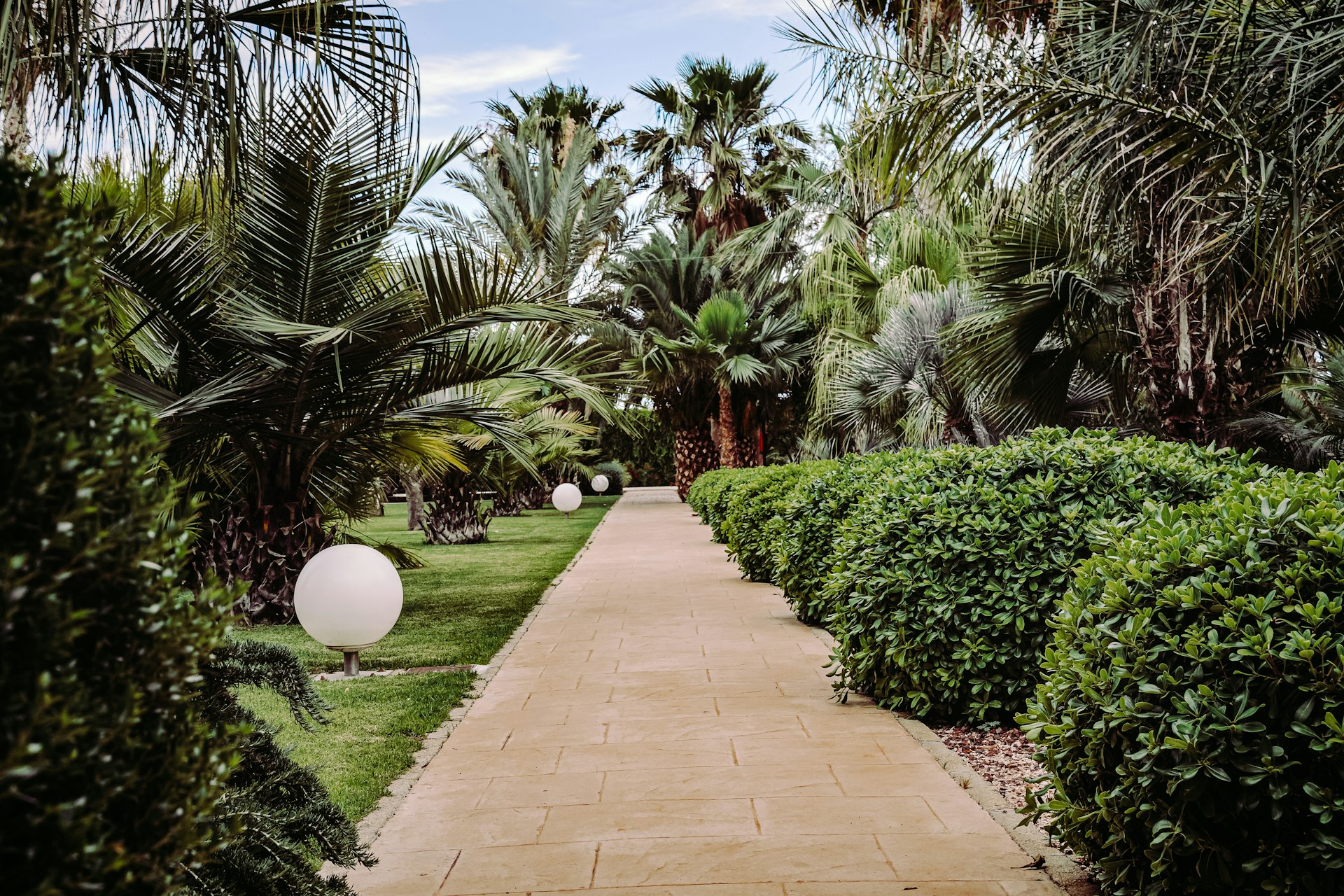Transform Your Garden: Create a Vertical Planter with Antique Window Frames

Photo by Lyla Eowyn on Unsplash
Introduction: Reimagining Antique Window Frames
Antique window frames are more than nostalgic architectural remnants-they offer endless possibilities for creative landscaping and eco-friendly garden projects. Repurposing these frames as vertical planters is a growing trend among DIY enthusiasts and gardeners seeking to add both aesthetic appeal and functional greenery to their outdoor spaces. This guide explores how you can convert salvaged window frames into vibrant vertical gardens, with actionable advice on sourcing materials, step-by-step assembly, and plant selection.
Why Choose Vertical Planters from Antique Window Frames?
Transforming an old window frame into a vertical planter is not only an environmentally conscious decision-reducing landfill waste and preserving historical craftsmanship-but also a way to add unique character to your garden. These planters:
- Maximize growing space by utilizing vertical surfaces, perfect for small yards or patios.
- Provide a striking focal point and conversation starter, blending vintage style with living art.
- Allow for creative arrangement of succulents, herbs, and flowering plants, adapting to many garden themes.
Many gardeners have shared their success stories and inspirations, such as the transformation of a $5 window frame into a stunning vertical succulent garden in under two hours [1] . Online communities and garden blogs feature a wealth of ideas for repurposing salvaged materials into unique garden features [4] .
Step-by-Step Guide: Building an Antique Window Frame Vertical Planter
Creating a vertical planter from an antique window frame involves several stages. Below is a comprehensive process to help you achieve professional results, adapted from verified DIY sources [1] [3] :
1. Sourcing and Preparing Your Window Frame
Begin by finding a sturdy, intact antique window frame. Salvage yards, flea markets, or online marketplaces are excellent sources. Inspect for rot and ensure the frame can support the weight of soil and plants. Clean thoroughly and, if desired, sand and paint to match your garden’s aesthetic. Removing glass panes is optional-open frames can better support plant roots and soil.
2. Designing the Planter Structure
Decide whether you want the planter to hang or stand upright. For hanging installations, ensure the frame is not excessively heavy and use strong brackets or hooks. Mapping out your arrangement is essential; some gardeners cut newspaper to match frame shapes and tape these on fences for visual planning [4] .
3. Building the Planting Base
Attach a mesh or sturdy screen to the back of the frame to hold soil in place while allowing for drainage. Staple landscaping fabric over the mesh to retain soil and moisture. Fill the openings with a lightweight potting mix suitable for your chosen plants. Succulents are a popular choice because they require minimal water and thrive in vertical setups [1] .
4. Planting and Rooting
Insert succulents, herbs, or small annuals into the soil, using cuttings or starter plants. Allow the frame to lie flat for several weeks until the plants establish roots and stabilize the soil. Once rooted, you can safely stand or hang the frame without losing soil or damaging the plants [1] .
5. Installation and Leveling
Use a level when mounting the frame to ensure it hangs straight-a key challenge noted by experienced DIYers. Drill one side first, prop and level, then secure the other side. Consider mismatched arrays for a whimsical effect, or align several frames for a more formal look [4] .
Best Plants for Vertical Window Frame Planters
Choose plants that thrive in the vertical, shallow soil environment. Succulents-such as
Echeveria
,
Sedum
, and
Sempervivum
-are excellent for their drought tolerance. Herbs like thyme, oregano, or chives offer both beauty and utility. For flowers, opt for low-maintenance varieties such as pansies or violas. Always match plant selection to your local climate and sun exposure.
Creative Design Ideas and Real-World Examples
Gardeners have successfully used window frames for more than planters. Some incorporate them into cold frames for season extension [2] , while others create mini greenhouses or bird feeder stations for added garden functionality [5] . Mixing different frame sizes and finishes can transform a plain fence into a living gallery. Experiment with color, texture, and plant arrangement for a personalized display.
Troubleshooting Common Challenges
Key challenges include ensuring proper drainage, maintaining soil stability, and preventing frame rot. Use rot-resistant wood treatments, and ensure mesh and fabric are securely attached. Hanging heavy frames requires secure hardware and periodic safety checks. For uneven plant growth, rotate frames or adjust sunlight exposure. If soil dries out too quickly, add a layer of mulch or adjust watering frequency.
Alternative Approaches and Upcycling Inspiration
If a vertical planter is not feasible, antique window frames can serve as trellises for climbing plants, decorative backdrops, or cold frame lids for season extension. Many upcycling enthusiasts share projects online, offering inspiration and practical advice for repurposing window frames into functional garden art [4] [5] .
Accessing Materials and Services
To source antique window frames, consider visiting local salvage yards, architectural reclamation centers, or searching online marketplaces with keywords such as “antique window frame” and “garden decor.” Many home improvement stores offer mesh and landscape fabric suitable for planter construction. For professional installation or custom designs, contact local landscaping services or garden design specialists. If you seek further guidance, social media groups and DIY forums can connect you with experienced upcyclers and community projects.

Photo by Andrey K on Unsplash
Step-by-Step Summary
- Find a sturdy antique window frame from a reputable source.
- Clean, sand, and optionally paint the frame.
- Attach mesh and landscape fabric to hold soil.
- Fill openings with potting mix and plant selected greenery.
- Let frame lie flat for rooting, then mount securely with a level.
- Maintain with proper watering and sun exposure.
For more design inspiration and troubleshooting tips, search for “vertical garden window frame” or explore gardening blogs and video tutorials for step-by-step visual guidance.
References
- [1] HAR.com (2020). Making a Vertical Garden Out of an Old Window Frame.
- [2] Savvy Gardening (2024). Build a DIY cold frame using an old window.
- [3] Pinterest (n.d.). Window frame as a vertical garden.
- [4] Salvaged Inspirations (2024). Salvaged Window Garden Decor.
- [5] YouTube (2025). Repurpose Old Windows for Stunning Outdoor Decor!
MORE FROM hotondeals.com













